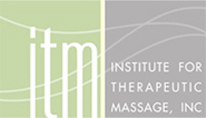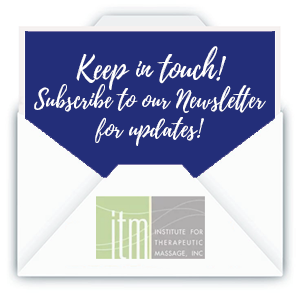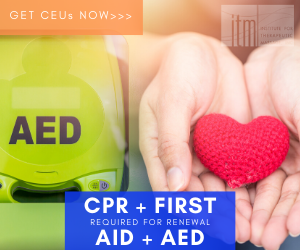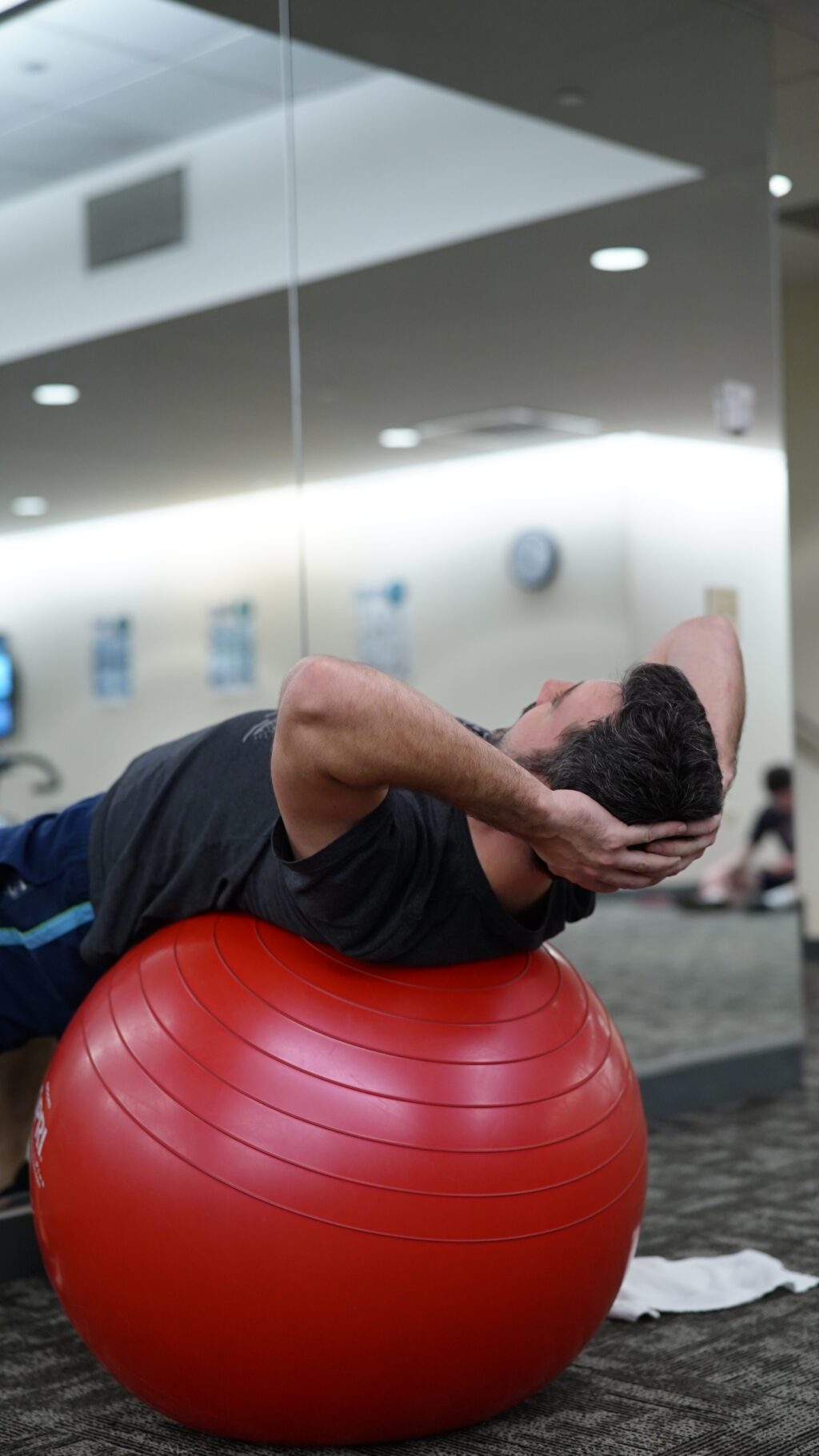
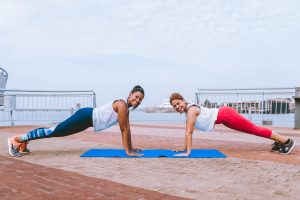 In the fall of last year, the United States Department of Health and Human Services released updated guidelines for daily and weekly prescriptive doses of exercises based on the past 10 years of evidence-based research. The second edition of the “Physical Activity Guidelines for Americans” is the first update to their physical activity guidelines in a decade.
In the fall of last year, the United States Department of Health and Human Services released updated guidelines for daily and weekly prescriptive doses of exercises based on the past 10 years of evidence-based research. The second edition of the “Physical Activity Guidelines for Americans” is the first update to their physical activity guidelines in a decade.
The updated physical activity guidelines were presented in November at the American Heart Association Scientific Sessions 2018 in Chicago. These findings were also published in JAMA.
The latest recommendations from HHS are based on the 2018 Physical Activity Guidelines Advisory Committee Scientific Report, which lays out specific types of aerobic and muscle-strengthening exercise along with how much and what types of physical activity are optimal for promoting better health outcomes in a wide range of demographic groups.
Regular physical activity is one of the most critical lifestyle choices people of all ages can make to improve overall health and increase longevity. According to the new report, only 26 percent of men, 19 percent of women, and 20 percent of adolescents report sufficient activity to meet the relevant aerobic and muscle-strengthening guidelines. It is estimated that a lack of regular exercise and failure to meet existing physical activity guidelines is associated with $117 billion in annual healthcare costs in America and about 10 percent of premature mortality. Today, approximately half of all American adults—117 million people—have at least one preventable chronic disease. Seven of the ten most common chronic diseases are positively impacted by regular physical activity.
The great news is that the latest science-based evidence reaffirms that regular physical activity can help people feel, think, sleep, and function better.
Types of Physical Activity
The new guidelines lay out categories of physical activity:
- Aerobic activity, such as brisk walking, running, or cycling, improves cardiovascular health. These activities involve movement of the large muscles of the body for sustained periods of time.
- Muscle-strengthening activity, such as resistance training or weight lifting, improves muscle strength, endurance, power, and mass.
- Bone-strengthening activity, such as running, sports, resistance training, or jumping rope, improves bone strength and health.
- Balance activity, such as walking backwards or on balance beams, standing on one leg, yoga, and tai chi, can reduce fall risk.
- Multicomponent physical activity, such as running, dancing, or playing tennis, includes at least two of the above types of activity.
Further, the new guidelines also specify levels of intensity. Rating the intensity of activities involves considering how you feel:
- During light activity, you will not feel like you are exerting yourself.
- During moderate activity, you could talk comfortably, but not sing.
- During intense activity, you could say a few words, but not full sentences.
Within the guidelines, one minute of intense activity is roughly equivalent to two minutes of moderate activity.
The new report also contains guidelines for physical activity for different groups of people: Children/Adolescents, Adults, Older Adults, Pregnant and Postpartum Women; Adults with Chronic Health Conditions and Disabilities.
New Physical Activity Recommendations by Age and Ability

- Preschool-age (3 through 5 years): Be physically active throughout the day with the aim of three hours of activity daily
- Children and teens (6 through 17 years): Aim for at least 60 minutes daily of moderate-to-vigorous physical activity; include vigorous activity, muscle-strengthening, and bone-strengthening activity at least three times a week
- Adults: Aim for at least 150 to 300 minutes weekly of moderate-intensity aerobic activity, or 75 to 150 minutes weekly of vigorous-intensity aerobic activity, or an equivalent combination of both, and include muscle-strengthening activities on at least two days a week.
- Older Adults: Aim for multicomponent physical activities that combine aerobic activities, balance activities, and strength training to help prevent falls and injuries; reduce sedentary behavior overall and replace it with light (or if possible, moderate) activity
- Pregnant and Postpartum Women: Aim for at least 150 minutes weekly of moderate-intensity aerobic activity
- Adults with Chronic Health Conditions or Disabilities: Attempt to follow the adult guidelines as much as possible, including both aerobic and muscle-strengthening activities. When adults with chronic conditions or disabilities are not able to meet the above key guidelines, they should engage in regular physical activity according to their abilities and should avoid inactivity. Adults with chronic conditions or symptoms should be under the care of a health care provider. People with chronic conditions can consult a health care professional or physical activity specialist about the types and amounts of activity appropriate for their abilities and chronic conditions.
Guidelines for Safety
To do physical activity safely and reduce risk of injury or other adverse events, people should:
- Understand the risks while remaining confident that physical activity can be safe for almost everyone.
- Choose types of physical activity that are appropriate for current fitness levels and health goals; some activities are safer than others.
- Increase physical activity gradually over time to meet key guidelines or health goals. Individuals who are not highly physical active already should “start low and go slow” by beginning with lower intensity activities and gradually increasing how often and how long activities are done.
- Protect yourself by: using appropriate gear and sports equipment; choosing safe environments; following rules/policies; and making reasonable choices about when, where, and how to be active.
- Be under the care of a healthcare provider if you have chronic conditions or symptoms. Those with chronic conditions and symptoms can consult a healthcare professional or physical activity specialist about the types and amounts of activity appropriate for them.
Conclusion & Further Resources
Attaining sufficient levels of physical activity is one of the most important choices an individual can make to improve his/her well-being.
One of the major shifts in the new guidelines is to emphasize that *any* physical activity matters. This replaces former guidelines which recommended 10-minute blocks of exercise.
A central message is: Move more, sit less.
Further, the past decade of research has bolstered our knowledge of the many health benefits of physical activity: immediately, in the short-term, and in the long-term, including the accrued benefits of regularly meeting the physical activity guidelines.
For more information, explore the second edition of Physical Activity Guidelines for Americans here.
There are many helpful tools, including this Activity Planner tool provided by HHS. Check out these resources that are available to share with individuals, including videos and posters to help improve awareness about the new guidelines.
